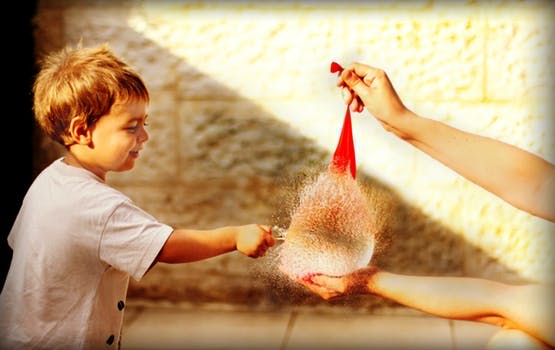An undescended testicle, called cryptorchidism, happens in roughly two to five percent of all male births. It is more common for one testicle to be undescended than two. Both testicles generally descend into the scrotal sack before birth, or before the child is a few months old. In boys who have one or more undescended testicles, surgery may be necessary to move the testicle back where it belongs.
Surgery to correct an undescended testicle is performed to avoid fertility problems later on. Most surgeries are performed before the child reaches 15 months, but most often between the ages of three and six months. Most doctors believe that early correction leads to the best outcome.
The surgery
During surgery, your child will receive general anaesthesia. He will not be able to eat or drink anything for several hours prior to the surgery. During surgery, his heart rate, blood pressure, and breathing will be carefully monitored.
The surgery itself involves using tiny cameras inserted through small incisions in the scrotum. The doctor will move the undescended testicle into the correct position and suture (stitch) it into place. If your child’s testicle is not viable (dead), the surgeon will remove it. In this case, and in cases where there may be no testicle at all, your child can have an implant inserted later to mimic the appearance of an actual testicle where it should be.
After surgery, your child will be moved to a recovery area where he will be monitored until he wakes up. He should be able to go home the same day if the surgery goes well.
Your child may be a bit sore after the surgery, but paracetamol should manage the discomfort. Be sure to monitor the surgical site for redness, irritation, and excess fluid drainage. If your child shows signs of an infection, including fever, call your doctor for advice.







Leave A Comment
You must be logged in to post a comment.